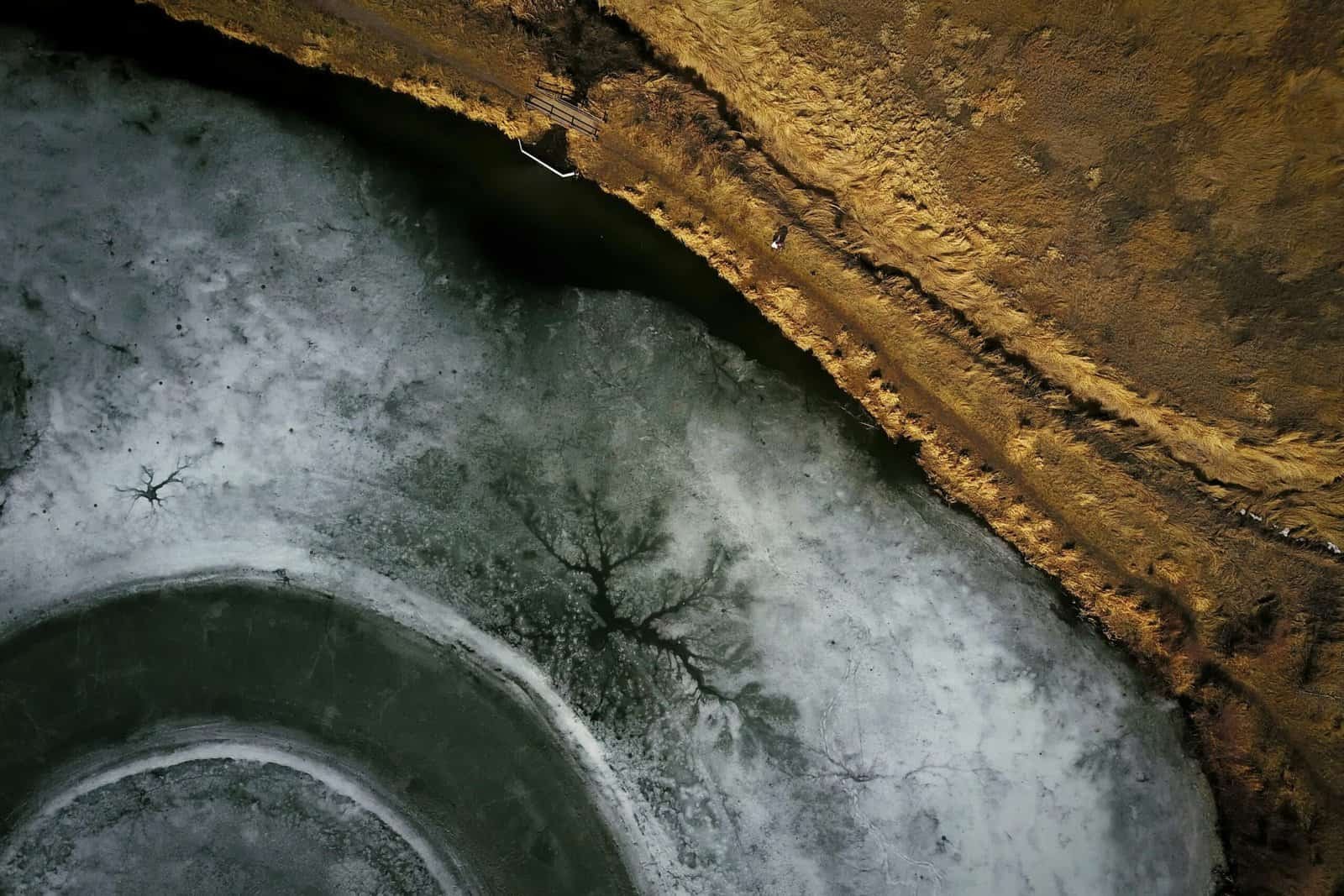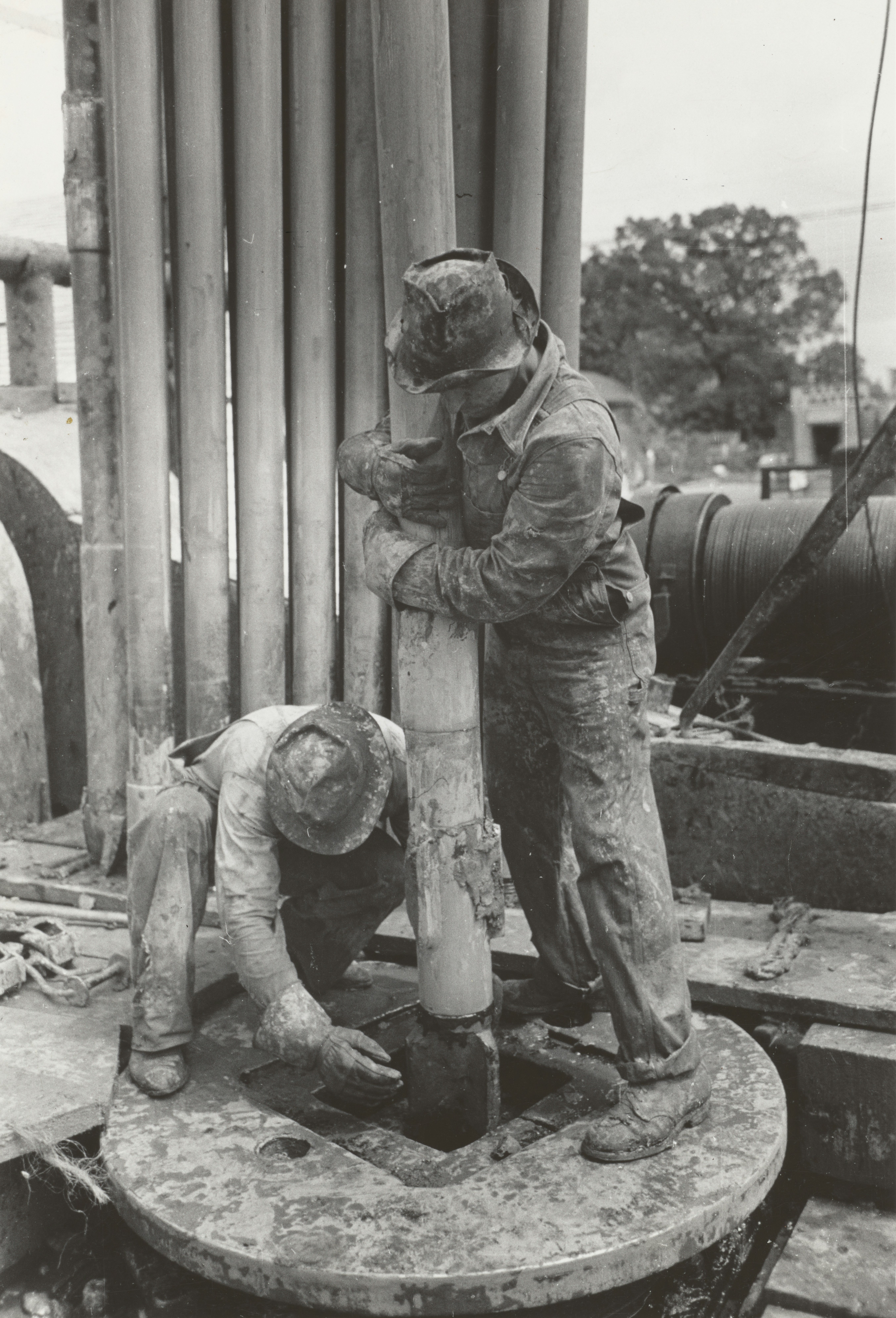Have you ever wondered how often you should have your well inspected to ensure its safety and efficiency? If you rely on a well for your home’s water supply, maintaining its condition is crucial for providing your household with clean and safe water. Enthusiastically diving into the topic, the importance of regular inspections for your well becomes apparent. Throughout this article, you’ll discover guidelines, tips, and best practices for maintaining your well effectively, keeping it in optimal working condition year-round.
Importance of Regular Well Inspections
To maintain a well-functioning and safe well, regular inspections are indispensable. These evaluations don’t just keep the system running smoothly; they protect your family from potential health hazards caused by contaminated water, structural failures, and mechanical issues. Understanding the scope and benefits of well inspections will empower you to prioritize them in your home maintenance routines.
Identifying Potential Issues
Regular inspections help identify concerns before they escalate into significant problems. From detecting minor leaks to spotting early signs of contamination, an inspection can save you money in costly repairs and safeguard your family’s health. With early detection, you also minimize the risk of experiencing unexpected interruptions in your water supply.
Safeguarding Water Quality
Water quality is paramount when it comes to well maintenance. Periodic inspections ensure your well adheres to local health standards by monitoring for harmful substances like bacteria, nitrates, and other pollutants. By keeping tabs on your well’s water quality, you can take proactive measures to maintain a healthy supply of water for your household.
How Often Should a Well Be Inspected?
Now, onto the crux of the matter: how frequently should you have your well inspected? This can depend on various factors, including the age of the well, the type of well, local regulations, and the surrounding environment. Generally, it is recommended that you conduct a comprehensive well inspection annually. Let’s delve deeper into the different elements that might influence this timeline.
General Guideline: Annual Inspections
An annual inspection strikes a balance between ensuring safety and managing operational costs. Each year, a qualified professional will assess components such as well cap conditions, pump functionality, and water quality. Adjusting this annual timeline might be necessary based on special circumstances unique to your well.
Considering New Wells
If your well is newly installed, it might require more frequent inspections during the first few years. This helps ensure that the installation was successful and that the system operates smoothly from the start. In this case, additional check-ups every few months in the initial year can provide valuable insights and secure peace of mind.
Older Wells and Special Circumstances
Older wells tend to encounter more issues than newer setups due to wear and tear over time. If your well is over a decade old, consider shorter intervals between inspections, such as biannual visits. Additionally, if you’ve experienced any significant environmental changes or severe weather conditions, it’s wise to check your well’s condition more frequently following such events.
Key Components of a Well Inspection
Understanding what to expect during a well inspection will allow you to appreciate its necessity more fully. Here, you’ll find an overview of the main components professionals evaluate during a routine inspection. Each of these plays a critical role in maintaining the health and safety of your water supply.
Visual Inspection
In the course of an inspection, experts first conduct a visual assessment of the well site. This includes checking the well cap for any visible signs of damage, observing the area around the well for pooling water or erosion, and examining the general sanitation of the site. This initial step is crucial for identifying obvious issues that may impact the well’s effectiveness.
Performance Testing
Testing your well’s performance is crucial for maintaining optimal operation. Professionals measure the system’s output to verify whether it meets expected performance levels. They will scrutinize the yield, ensuring the pump and other components are functioning efficiently. Performance issues can signal mechanical problems or the need for maintenance work, such as cleaning or component replacement.
Water Quality Testing
Perhaps the most important part of an inspection is testing the water quality. Samples collected from your well will be analyzed for contaminants such as bacteria (e.g., E. coli), nitrates, pH levels, and any other potentially harmful substances. This test ensures the water you use daily is safe for consumption, cooking, and personal hygiene. It also allows for timely intervention if contaminants are detected.
Structural Assessment
The condition of the well casing and other structural components is another focal point during an inspection. Technicians look for any signs of damage, such as cracks or leaks, that could compromise the system’s integrity. Addressing these issues promptly prevents further deterioration and ensures the long-term sustainability of the well.
Checking the Pump System
Inspection specialists assess the well pump and all associated mechanisms, including the electrical components, for any anomalies. A malfunctioning pump is a common cause for water supply issues and can lead to higher energy costs and reduced efficiency. Identifying these issues during the inspection allows for timely repairs or replacements.
Benefits of Hiring a Professional for Well Inspections
Although you might be tempted to conduct your own well inspection, hiring a qualified professional is recommended for thoroughness and accuracy. Professionals possess the necessary expertise, tools, and knowledge to evaluate various aspects of your well efficiently. Here are some compelling reasons to trust experts over a DIY approach.
Expertise in Detection
Professionals bring experience and advanced equipment to the table, enabling them to detect issues that might not be visible to the untrained eye. They are well-versed in identifying subtle signs of trouble that could post greater risks if left unnoticed.
Assured Water Safety
By entrusting water quality checks to a skilled professional, you gain assurance that the testing processes adhere to strict regulations and accurately reflect the current state of your water supply. With an expert on the job, there’s no guessing involved—only reliable, trustworthy results.
Cost-Effectiveness in the Long Run
While hiring a professional might seem costly upfront, it often saves money in the long term. Expert inspections catch potential issues before they necessitate costly repairs or replacements, which can safeguard your budget.
DIY: What You Can Do Between Professional Inspections
Between annual professional evaluations, you can take steps to maintain your well’s condition, actively preventing issues from arising. While these DIY actions don’t replace expert analysis, they can aid in keeping your well in good shape year-round.
Regular Sanitization
Keep the well and its surrounding area clean to prevent contamination. This involves trimming grass, removing debris, and ensuring no hazardous materials are nearby. Maintaining a sanitary environment helps ward off potential water quality issues.
Basic Check-ups
Perform basic checks on your well’s components regularly. These include visually inspecting the well cap for any signs of damage or tampering, ensuring any exposed equipment is in proper working condition, and monitoring for any changes in water pressure or taste. Early detection of changes signals when a professional should be consulted earlier than scheduled.
Monitor Water Usage
By keeping track of your household’s water use, you can notice any unexpected surges or decreases, which might indicate a problem with the well system. Record these patterns and share them with professionals during inspections for better troubleshooting.
Understanding Local Regulations and Guidelines
Familiarizing yourself with your local regulations and guidelines concerning well inspections is crucial. These standards often outline the necessary frequency for inspections and the specific tests required, ensuring compliance.
Importance of Adhering to Regulations
Adhering to local regulations ensures that your well meets the legally mandated safety and environmental standards. Staying compliant not only promotes healthful living but also prevents potential legal issues or penalties in the future.
Research and Resources
Several local health departments or government websites provide resources, including recommended well inspection schedules, guidelines, and types of tests required for your area. Utilize these resources to educate yourself on the necessary upkeep practices for your well.

Conclusion
The importance of regular well inspections cannot be overstated, especially if you rely on this system for your water supply. These proactive measures ensure the safety, efficiency, and long-term preservation of your well, providing peace of mind for you and your family. While abiding by local guidelines, engaging professionals for annual inspections, and performing consistent DIY maintenance, you can maintain your well in peak condition, enjoying a continuous supply of clean, safe water throughout the year.
In this insightful journey through well inspections, you’ve explored the underlying reasons for regular assessments and how they contribute to maintaining a reliable water source. Carrying forward this knowledge means practicing effective stewardship of your well, ensuring its optimal function for many years ahead.



